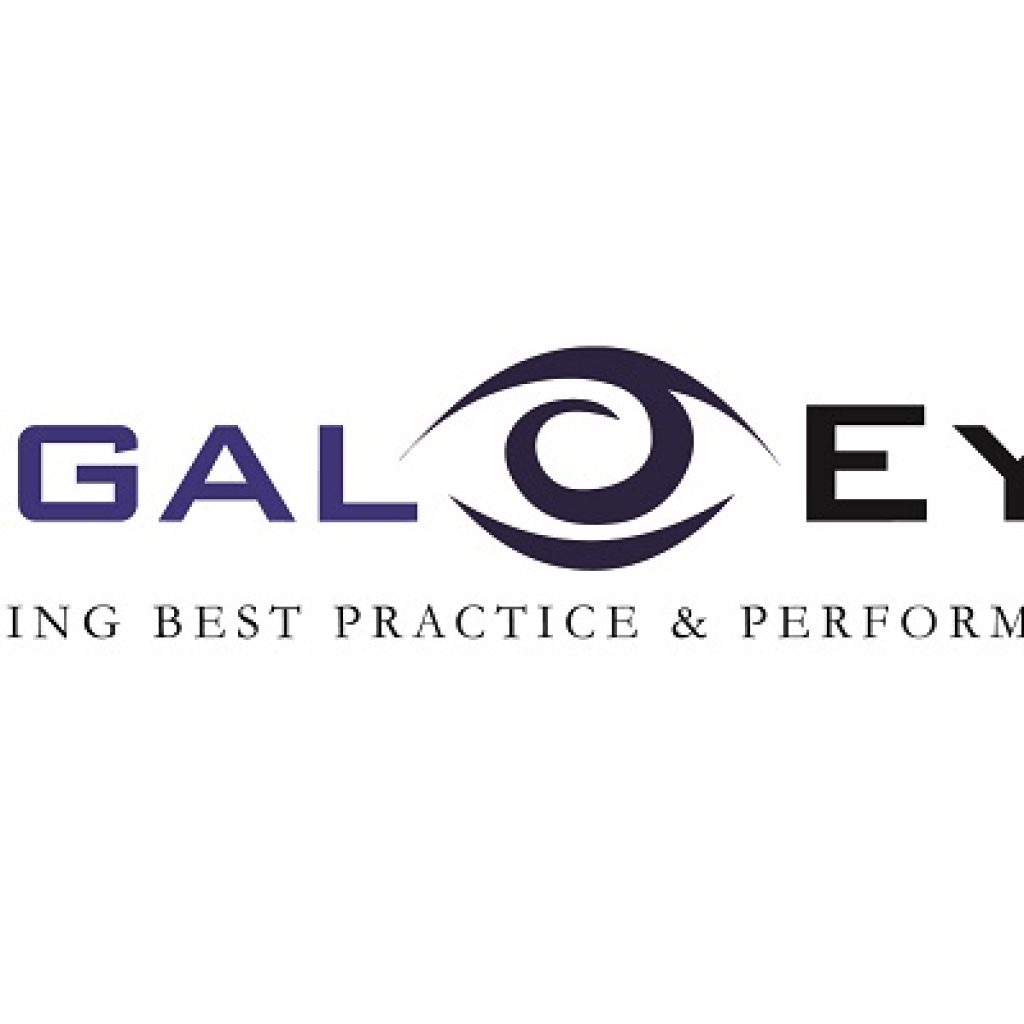It’s just two days until the Criminal Finance Act 2017 (CFA) comes into effect, do you know what it means for your firm?
The CFA received Royal Assent on 27th April 2017 was the UK Government’s response to the “Panama Papers” scandal – an unprecedented leak of 11.5 million files from the database of the world’s fourth biggest offshore law firm – and part 3 of the CFA bring about two new offences of failure to prevent facilitation of tax evasion in the UK and abroad.
For the UK offence, under Section 45, there must be:
- Criminal evasion of UK tax;
- Criminal facilitation of the offence by an associated person (defined under Section 44);
- The firm must have failed to prevent the associated person from committing the facilitation.
For the foreign offence, under Section 46, there must be:
- Criminal evasion of foreign tax;
- Criminal facilitation of the offence by an associated person (as defined above);
- The firm most have failed to prevent the associated person from committing the facilitation.
However, in addition there are two further requirements to be met.
Firstly, in addition to steps 1 and 2 above being criminal offences in the foreign jurisdiction, they must also be criminal offences in UK law if they were to be committed in the UK. This is known as the “dual criminality” requirement.
Secondly, and known as the “UK nexus” requirement, one of the following factors must apply:
- The firm is incorporated in the UK;
- The firm carries on business or part of its business in the UK; or
- Part of the facilitation was performed in the UK.
The offences impose strict liability and it is for the firm to show that they had “reasonable prevention procedures” in place to prevent the offence or to demonstrate that it was not reasonable to expect them to have any prevention procedures in place.
Both of offences come into effect on 30th September this year.
As with the Bribery Act 2010 and to assist firms in understanding what is meant by “reasonable prevention procedures” there are 6 guiding principles, as follows:
- Principle 1 – Risk Assessment;
- Principle 2 – Proportionality of risk-based prevention procedures;
- Principle 3 – Top level commitment;
- Principle 4 – Due Diligence;
- Principle 5 – Communication (including training);
- Principle 6 – Monitoring and review.
HMRC produced draft guidance in October 2016 to assist firms in demonstrating that they have reasonable prevention procedures in place. The guidance is generic to all firms who could be liable for the failure to prevent the facilitation of tax evasion offence.
More recently – on 1st September this year – HMRC updated the draft guidance and the following link takes you to the final HMRC guidance: https://www.gov.uk/government/uploads/system/uploads/attachment_data/file/642714/Tackling-tax-evasion-corporate-offences.pdf
The Law Society also released a Practice Note covering the CFA 2017 on 8th September 2017 – see link https://www.lawsociety.org.uk/Support-services/Advice/Practice-notes/criminal-finances-act-2017/ This Practice Note is specific to law firms.
HMRC have stated that they do not expect all reasonable prevention procedures to be in place by 30th September 2017, but that there are certain steps that they do expect to be in place on that date. They have stated that they expect “… rapid implementation, focusing on the major risks and priorities with a clear timeframe and implementation plan on entry into force” whilst recognising that reasonable prevention procedures will change and evolve so what may be appropriate on day one, may not be appropriate a few years down the line.
Breaches are punishable by unlimited fines and any firm would almost certainly suffer reputationally and financially – as well as being exposed to a regulatory investigation.
For help in navigating your way through the myriad of reasonable prevention procedures required, call Legal Eye on 0203 0512049 or e mail info@legal-eye.co.uk
This article was submitted to be published by Legal Eye as part of their advertising agreement with Today’s Conveyancer. The views expressed in this article are those of the submitter and not those of Today’s Conveyancer.




















